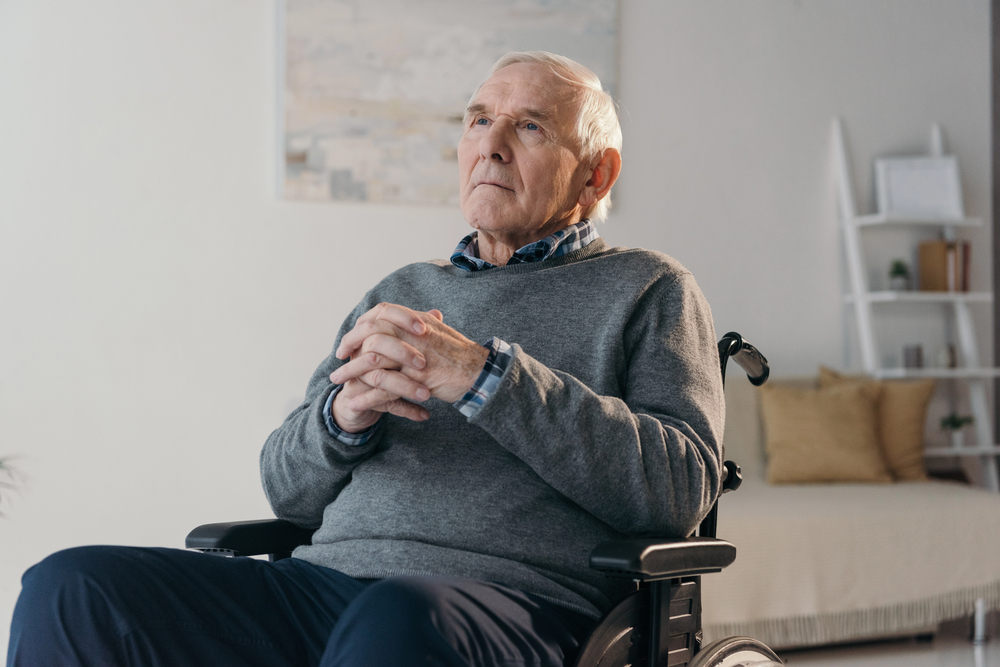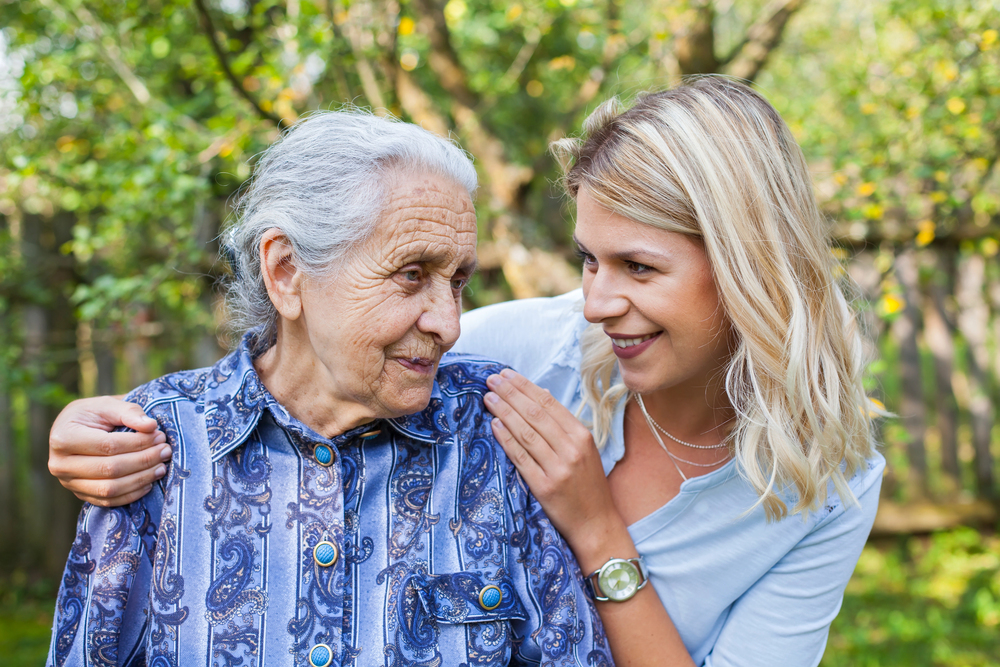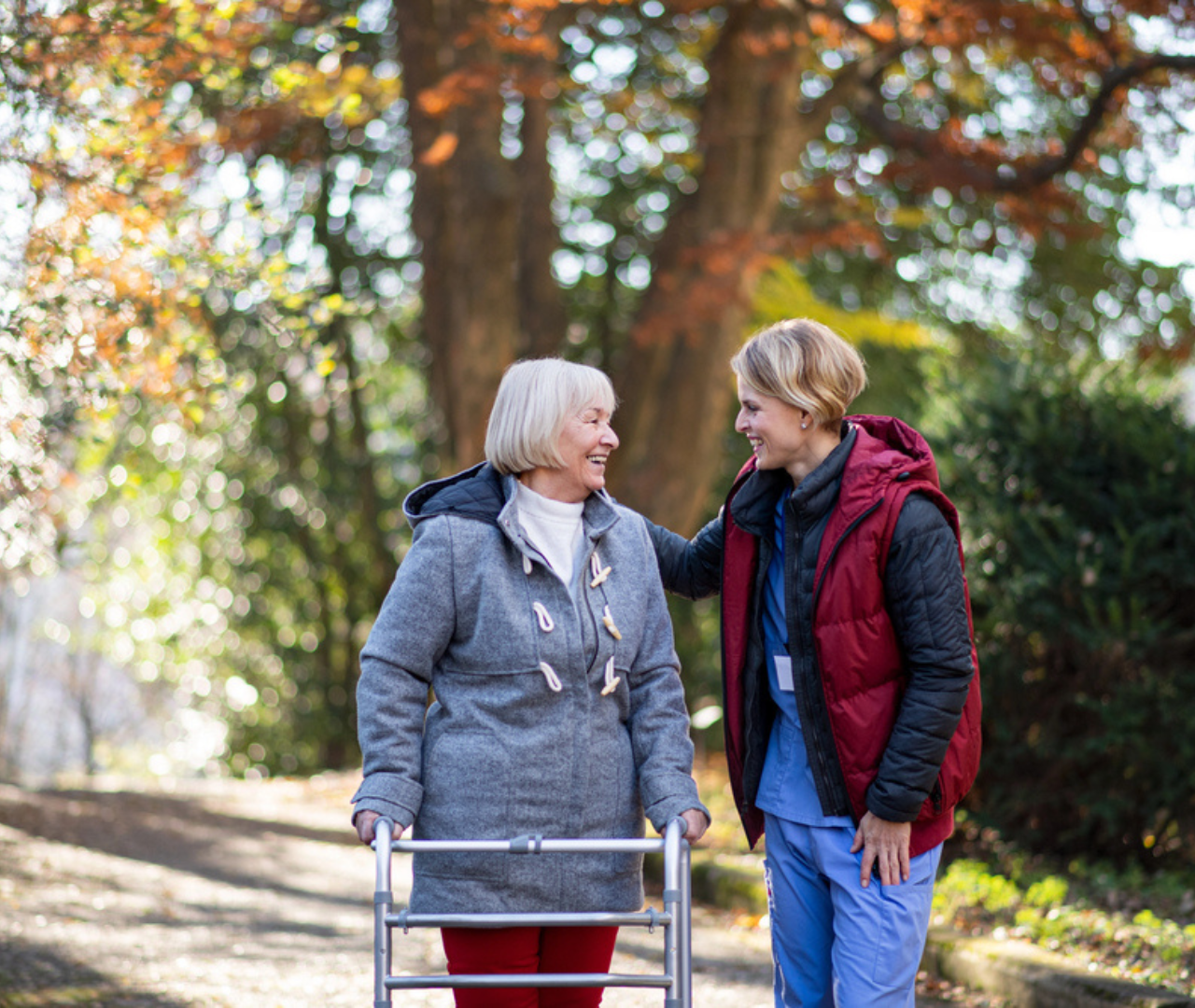Mindblown: a blog about philosophy.
-

Caring for Senior Veterans: The Importance of Personalized Home Healthcare
As our nation’s veterans age, they face unique challenges in accessing quality healthcare. For many senior veterans, their service to the country has left lasting physical, mental, and emotional impacts that require specialized and personalized care. Home healthcare provides a crucial solution, offering individualized support in a familiar environment, which is particularly beneficial for those…
-

Case Management Week: Coordinating Comprehensive Care for Seniors
As our population ages, the need for effective care coordination has never been more crucial. Every year, the healthcare community comes together to celebrate **Case Management Week**, a time to recognize the essential work of case managers. This week, we shine a spotlight on the critical role case management plays in ensuring seniors receive the…
-

The Vital Role of EMS in Senior Emergency Care
Introduction Emergency Medical Services (EMS) play a crucial role in senior emergency care, ensuring rapid response, medical stabilization, and safe transport to healthcare facilities. As the aging population continues to grow, EMS providers are increasingly called upon to address medical emergencies unique to seniors, such as falls, heart attacks, strokes, and respiratory distress. Their expertise…
-
The Vital Role of EMS in Senior Emergency Care
Introduction Emergency Medical Services (EMS) play a crucial role in senior emergency care, ensuring rapid response, medical stabilization, and safe transport to healthcare facilities. As the aging population continues to grow, EMS providers are increasingly called upon to address medical emergencies unique to seniors, such as falls, heart attacks, strokes, and respiratory distress. Their expertise…
-

Keeping Seniors Safe in the Heat: Summer Home Care Tips
Introduction Extreme summer temperatures can pose significant health risks for seniors, making it crucial to take preventive measures. Older adults are more vulnerable to heat-related illnesses due to age-related changes, medication side effects, and chronic conditions. Implementing effective home care strategies can help seniors stay cool, comfortable, and safe during hot weather. This article provides…
-
Keeping Seniors Safe in the Heat: Summer Home Care Tips
Introduction Extreme summer temperatures can pose significant health risks for seniors, making it crucial to take preventive measures. Older adults are more vulnerable to heat-related illnesses due to age-related changes, medication side effects, and chronic conditions. Implementing effective home care strategies can help seniors stay cool, comfortable, and safe during hot weather. This article provides…
-
Keeping Seniors Safe in the Heat: Summer Home Care Tips
Introduction Extreme summer temperatures can pose significant health risks for seniors, making it crucial to take preventive measures. Older adults are more vulnerable to heat-related illnesses due to age-related changes, medication side effects, and chronic conditions. Implementing effective home care strategies can help seniors stay cool, comfortable, and safe during hot weather. This article provides…
-

Honoring Fathers: Senior Care Advice for Ensuring Health and Independence in Older Dads
As we celebrate Father’s Day and honor the older men in our lives, it’s crucial to consider the unique care needs of aging fathers. Many senior dads want to maintain their independence for as long as possible, but certain aspects of their health and lifestyle may require adjustments. Here are some essential tips for ensuring…
-

Honoring Fathers: Senior Care Advice for Ensuring Health and Independence in Older Dads
As we celebrate Father’s Day and honor the older men in our lives, it’s crucial to consider the unique care needs of aging fathers. Many senior dads want to maintain their independence for as long as possible, but certain aspects of their health and lifestyle may require adjustments. Here are some essential tips for ensuring…
-

Keeping Seniors Safe in the Heat: Summer Home Care Tips
Introduction Extreme summer temperatures can pose significant health risks for seniors, making it crucial to take preventive measures. Older adults are more vulnerable to heat-related illnesses due to age-related changes, medication side effects, and chronic conditions. Implementing effective home care strategies can help seniors stay cool, comfortable, and safe during hot weather. This article provides…